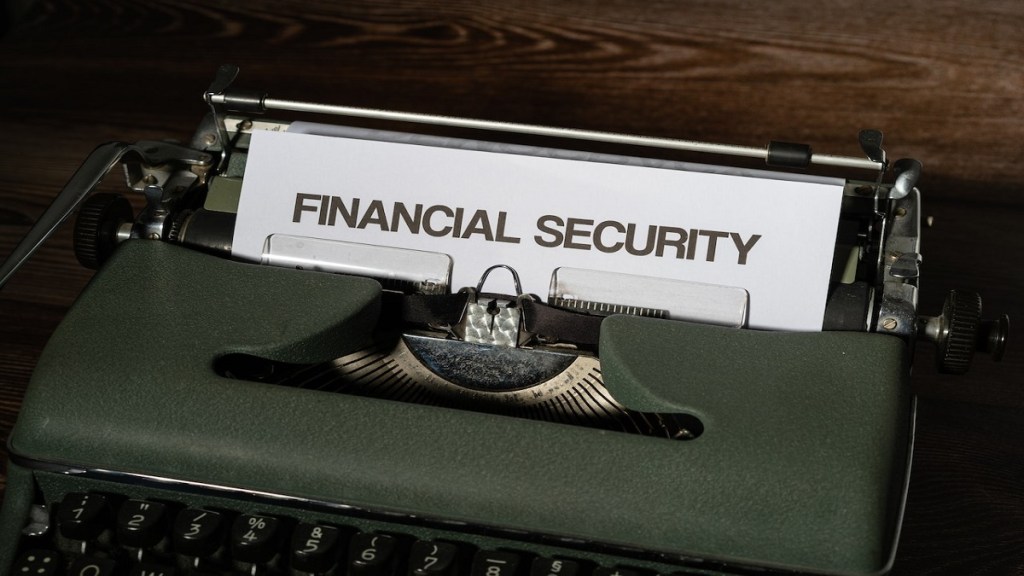Karan Desai
MSME loans: India has a large and fast-growing MSME ecosystem. As of February 2023, the number of registered MSMEs stood at 6.3 crore units. The rise of the MSME sector is an important mandate for the government and hence a slew of measures to ease liquidity for the sector, including passing of the revised Factoring Regulations, the Emergency Credit Line Guarantee Scheme (ECLGS) scheme, Pradhan Mantri MUDRA Yojana, etc. have been announced from time to time.
Timely and affordable access to credit is the key to fostering a healthy and dynamic MSME sector in the country. While the government has taken a number of steps to provide credit guarantees and collateral-free loans to small businesses ($40.85 billion of collateral-free, automatic loans for businesses announced in Budget 2023-24), ultimately businesses will have to ensure that they have the balance sheet and to the extent possible, asset cover to provide funders’ comfort on their loan.
As of FY21, loan disbursals to MSMEs stood at a whopping $128.06 billion, almost 40 per cent up to the previous fiscal year. A large chunk of the borrowers in the MSME segment comprises micro and small enterprises which typically can avail only limited small loan amounts on a fully unsecured basis. Small businesses, especially traditional enterprises like general stores, hardware stores etc., typically borrow against the collateral of gold jewellery or property depending on a number of factors including availability, amount sought, tenure of funding, etc. Gold loans are one of the fastest and easiest ways to borrow for small entrepreneurs since they can get funding in just about 30 minutes at most gold loan branches and there are very small entry and exit costs for such facilities. As per RBI data, gold loan disbursements surged to over Rs. 80,000 crore in September 2022, up from Rs.46,000 crore in 2020.
For those small entrepreneurs who either don’t have gold to pledge or are looking for larger sums of funding to meet working capital requirements, a loan against property (LAP) is another good means of raising debt at reasonable costs. LAP allows the borrower to mortgage her/his house or shop and raise long-term funds. Typically anywhere between 50% – 75% of the property value can be availed as a loan for a period of 5-12 years, giving the borrower ample time to infuse the money into the business for better prospects and then repay the loan.
Also read: Lessons for MSMEs: How to tango and salsa with inflation
MSMEs with an investment portfolio in the form of stocks, mutual funds, or other securities can pledge them as collateral to avail loans. The loan amount is determined based on the value of the pledged securities, and interest rates are generally lower compared to unsecured loans. New-age MSMEs can avail of digital borrowing options such as instant OD against FD or Loan against shares/securities (LAS) to create digital liens on their investment portfolio and avail of low-cost loans against them.
Also read: ‘Why microfinance institutions might not be working in favour of women empowerment’
According to the biannual MSME report by Crisil, approximately one-fifth of the MSME sector by value is expected to experience an increase in working capital requirements in FY24 compared to the pre-pandemic level of FY20. The report also says that only a fourth of the debt is sourced from formal channels, such as banks and financial institutions. The remaining MSMEs rely on informal sources of funding, which often come with significantly higher interest rates and less favourable terms, making the cost of capital from the informal segment extremely high. So, maintaining a strong balance sheet and adequate asset cover is the way to alter the risk perception of the banks and other lending institutions.
Having said that, while focusing on liquid assets, MSMEs should also strike a balance and ensure they have an appropriate mix of assets to support their long-term growth and stability.
Karan Desai is the founder of Interface Ventures. Views expressed are the author’s own.

